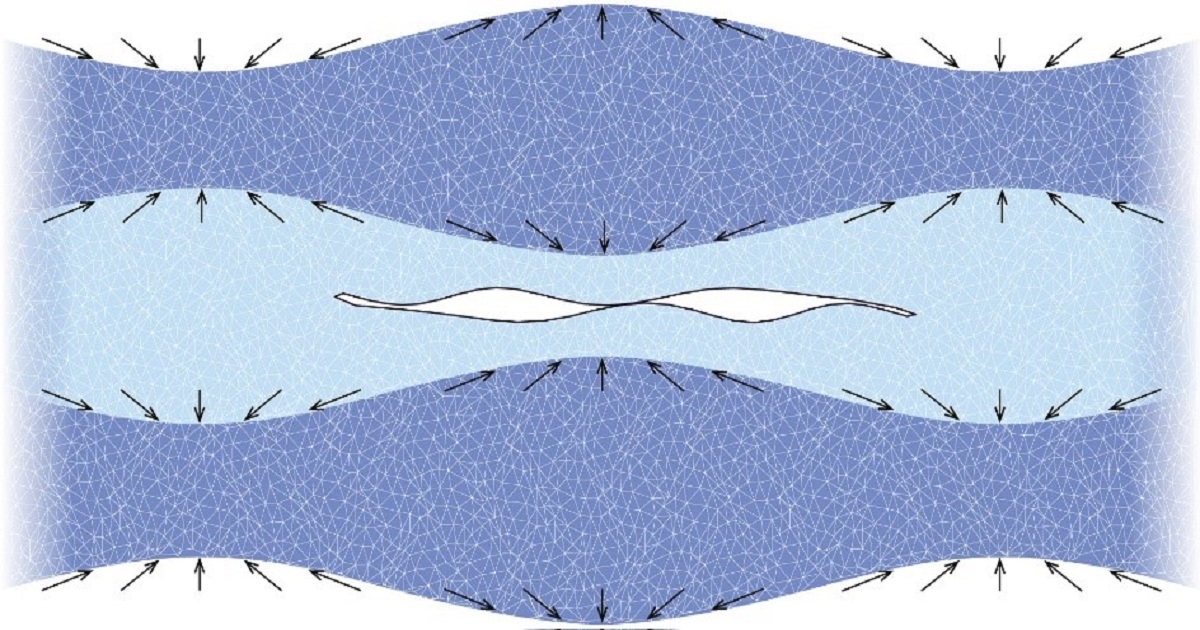- 3.2Impact Factor
- 6.4CiteScore
- 16 daysTime to First Decision
Numerical Simulation and Experimental Studies of Dynamic Behaviour of Composite Materials
This special issue belongs to the section “Advanced Composites“.
Special Issue Information
Dear Colleagues,
It is our pleasure to invite you to submit a manuscript to the forthcoming Special Issue “Numerical Simulation and Experimental Studies of Dynamic Behaviour of Composite Materials” in Materials.
At present, composite materials and smart structures exhibiting enhanced properties are used extensively in numerous engineering applications, such as aerospace, marine structures, civil construction, etc. As a prime step in understanding and analysis of the dynamics of smart composite materials, efficient and accurate mathematical models and numerical simulation tools, which are suitable for fast parametric studies at the development stage or for the implementation in real devices and systems, are required. Such simulation problems are often very complex and cannot be treated efficiently with simple analytical or conventional numerical tools, inspiring, therefore, the development of advanced computational methods dynamic problems. On the other hand, experimental studies focused on the understanding of the dynamics of composites with inhomogeneites are very important for the development of new materials, design, and control of composite structures.
It is our pleasure to invite you to submit a manuscript for this Special Issue related to experimental and numerical studies of dynamic behavior of composite materials. We also especially welcome investigations related to acoustic/elastic metamaterials and the wave phenomena in inhomogeneous waveguides for the purposes of non-destructive testing and structural health monitoring.
Full papers, short communications, and reviews are all welcome.
Dr. Mikhail V. Golub
Dr. Artem A. Eremin
Guest Editors
Manuscript Submission Information
Manuscripts should be submitted online at www.mdpi.com by registering and logging in to this website. Once you are registered, click here to go to the submission form. Manuscripts can be submitted until the deadline. All submissions that pass pre-check are peer-reviewed. Accepted papers will be published continuously in the journal (as soon as accepted) and will be listed together on the special issue website. Research articles, review articles as well as short communications are invited. For planned papers, a title and short abstract (about 250 words) can be sent to the Editorial Office for assessment.
Submitted manuscripts should not have been published previously, nor be under consideration for publication elsewhere (except conference proceedings papers). All manuscripts are thoroughly refereed through a single-blind peer-review process. A guide for authors and other relevant information for submission of manuscripts is available on the Instructions for Authors page. Materials is an international peer-reviewed open access semimonthly journal published by MDPI.
Please visit the Instructions for Authors page before submitting a manuscript. The Article Processing Charge (APC) for publication in this open access journal is 2600 CHF (Swiss Francs). Submitted papers should be well formatted and use good English. Authors may use MDPI's English editing service prior to publication or during author revisions.
Keywords
- composites
- simulation
- numerical analysis
- wave propagation
- computational mechanics
- elastic/acoustic metamaterials and phononic crystals
- experimental studies
- structural health monitoring
- nondestructive evaluation

Benefits of Publishing in a Special Issue
- Ease of navigation: Grouping papers by topic helps scholars navigate broad scope journals more efficiently.
- Greater discoverability: Special Issues support the reach and impact of scientific research. Articles in Special Issues are more discoverable and cited more frequently.
- Expansion of research network: Special Issues facilitate connections among authors, fostering scientific collaborations.
- External promotion: Articles in Special Issues are often promoted through the journal's social media, increasing their visibility.
- e-Book format: Special Issues with more than 10 articles can be published as dedicated e-books, ensuring wide and rapid dissemination.

